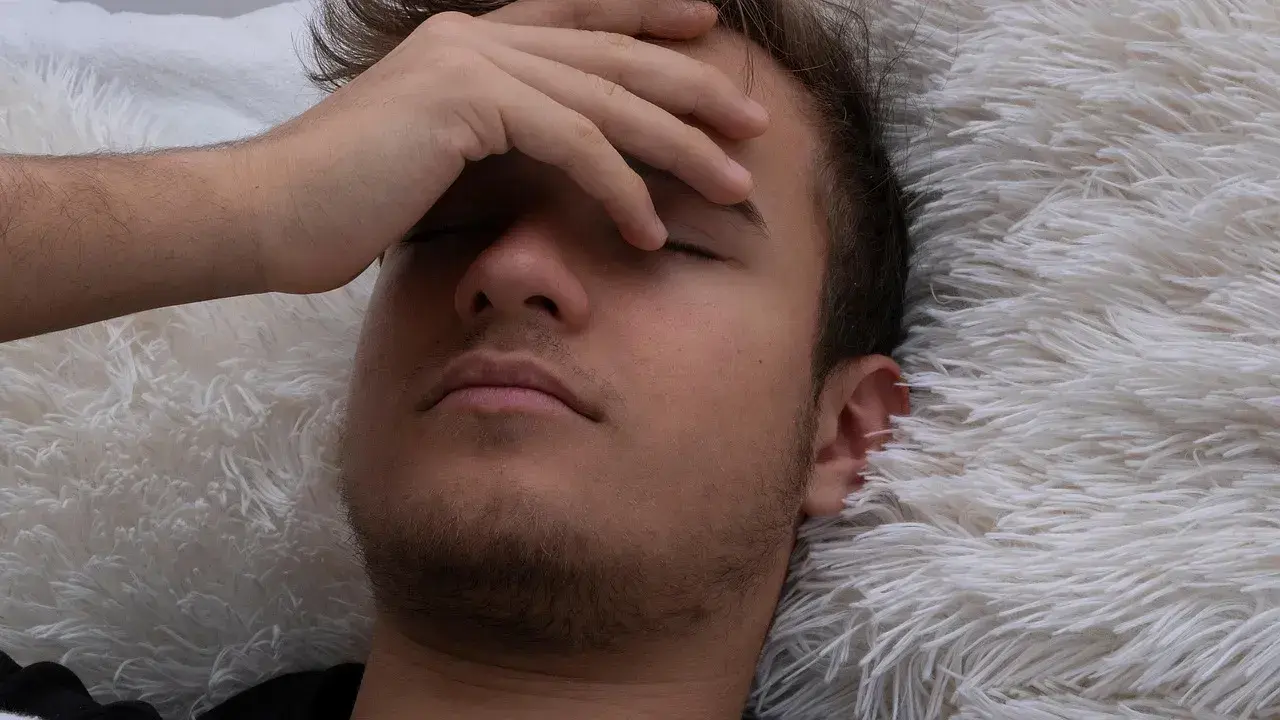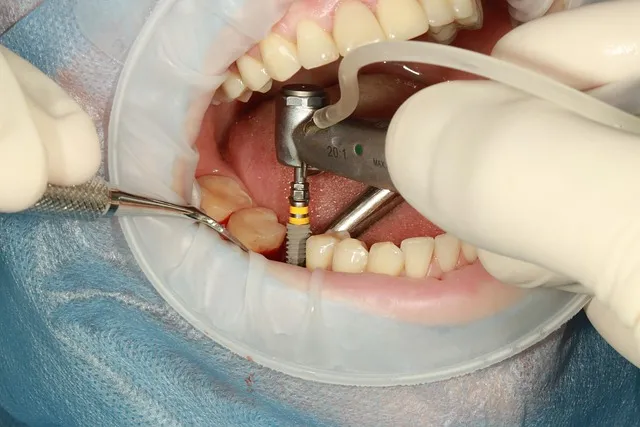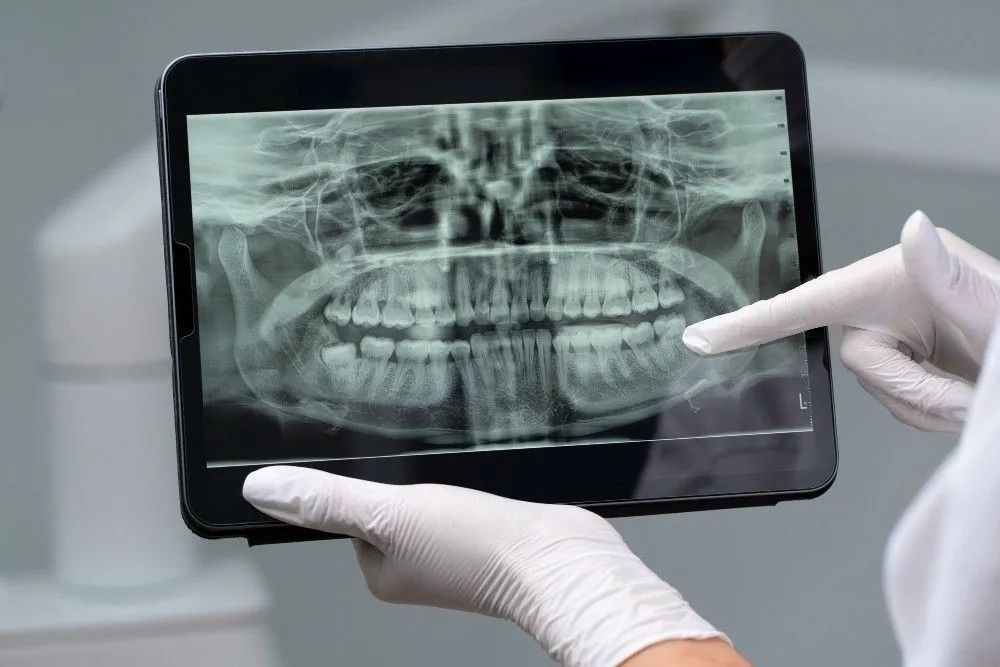Do you know that jaw pain is one of the most common dental issues people are facing nowadays? It involves various causes, including poor diet, carelessness towards dental health, and misalignment. However, the misaligned teeth are a significant factor behind this pain.
It is crucial to understand the underlying cause of this pain, as it significantly influences the effectiveness of the cure. In this post, you will learn how a Dentist Mississauga diagnoses and treats jaw pain caused by misaligned teeth.
What Causes Jaw Pain From Misaligned Teeth?
Misaligned teeth are the basic reason behind jaw pain. When you chew with your teeth, your jaws put pressure. If your teeth are misaligned, your jaws have to put more pressure on them, which can cause back pain. Besides, it disturbs the relaxing position of the jaw. Someone who grinds their teeth due to misalignment of the teeth also contributes to jaw pain.
How Dentists Diagnose Jaw Pain
When you visit your dentist for a diagnosis of the reason behind jaw pain, he examines it with physical examination or advanced techniques. Let’s view the process of diagnosis.
Step 1: Discuss Your Symptoms
Your dentist will ask about your pain. You should be ready to talk about how bad the pain is. Also, tell them how often and how long it lasts. They may ask if you clench or grind your teeth. They will also ask about your other health history.
Step 2: Do a Physical Examination
The dentist will check your mouth and jaw. They will look for signs of misalignment. They will check your teeth for uneven wear. They will also check for misalignment. They will feel for tenderness in your jaw muscles.
Step 3: Take X-rays or Imaging Tests
Your dentist may take X-rays or other images. This helps them get a clearer picture. The images show how bad the misalignment is. They also show if it has affected your jawbone.
Step 4: Use a CT Scan (If Necessary)
Sometimes a dentist needs a more detailed view. They might suggest a CT scan. This scan provides a detailed 3D image. It can help pinpoint complex problems.
Step 5: Check Your Bite
Your dentist may ask you to bite down on a special material. This makes an impression of your bite. The dentist can then see where your teeth do not align. This helps them see which areas are putting a strain on your jaw.
4 Best Treatment Options for Jaw Pain
Your dentist will discuss treatment options with you. The best choice depends on how severe the problem is. It also depends on your symptoms. Here are some common treatments.
1. Orthodontic Treatment (Braces or Clear Aligners)
Correcting the misalignment is often the best solution. Braces or clear aligners can gradually shift your teeth. This moves them into a better position. It helps with the look of your smile. It also reduces stress on your jaw. This can relieve pain. This is a long-term solution. The results can be life-changing.
2. Night Guards for Teeth Grinding
Teeth grinding is a common side effect of misalignment. Many people grind their teeth while they sleep. This puts a lot of pressure on the jaw. A night guard is a custom device. You wear it over your teeth at night. It prevents grinding. This helps protect your teeth. It also eases pressure on your jaw muscles. This simple solution can greatly reduce your pain.
3. Jaw Exercises and Physical Therapy
Your dentist may suggest specific exercises. They can help strengthen your jaw muscles. They also improve function. The exercises can reduce muscle tension. They can also support better alignment. A physical therapist may also be suggested. They can target specific areas of your jaw or neck. A dentist may refer you to a specialist. Or they may show you simple exercises to do at home.
4. Surgery (In Extreme Cases)
Sometimes, your teeth misalignment is severe and cannot be treated with mouth guards or exercises. In those cases, surgery is the last option for dental treatments. It helps to align the position of the jaws and the teeth and eliminate jaw pain.
How to Prevent Future Jaw Pain
After treatment, you can take steps to prevent pain from returning.
First, you should keep your mouth clean. Plaque and tartar can cause jaw pain. You can prevent this by brushing and flossing your teeth regularly.
You should also stay away from chewing hard foods. Chewing hard foods a lot can cause jaw pain. This is especially true if you already have a dental problem.
Next, try to manage your stress. Stress can lead to grinding your teeth at night. This is another reason for jaw pain. You can try some stress-relieving techniques.
Finally, always wear your night guard. If you have a night guard, you should use it every night. This will protect your teeth and jaw while you are sleeping.
Bottom Line
We can conclude our discussion by saying that misaligned teeth put pressure on your jaws, leading to a painful sensation. To treat it from the base, you need to visit your dentist to diagnose the key cause and get the best treatment accordingly. Once you have undergone the important tests, you can choose the best-suited treatment and use precautionary measures to get relief.
लेखक





